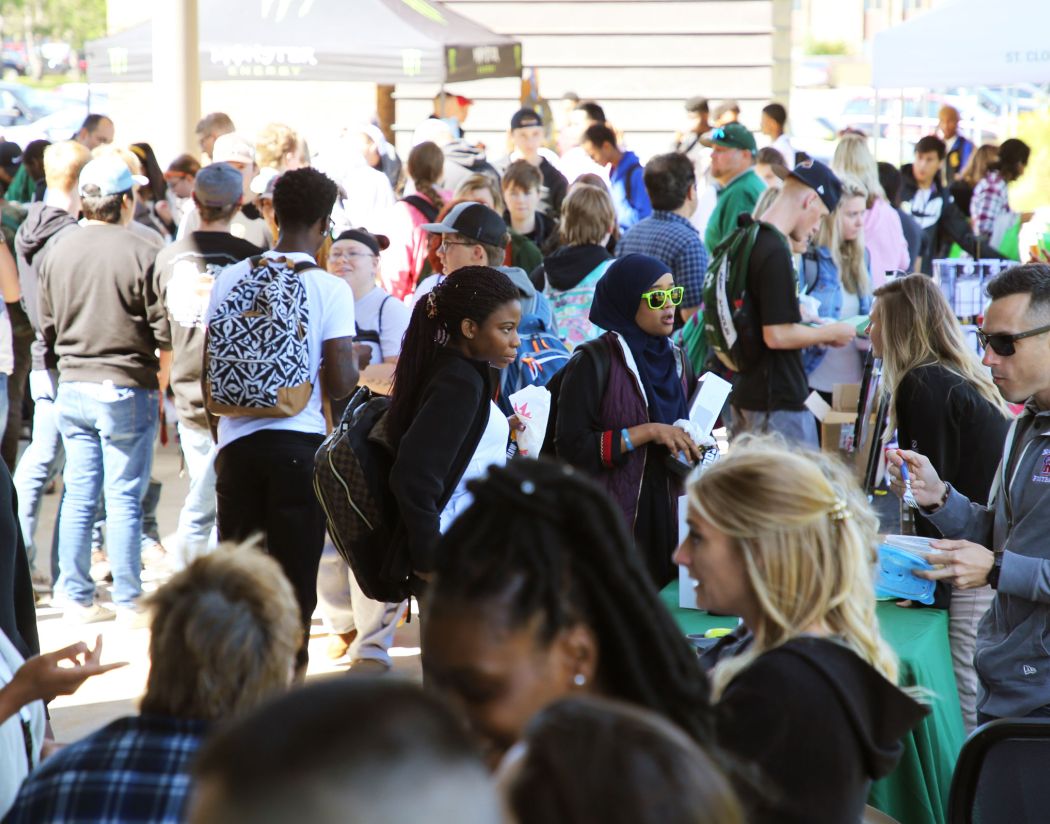Still need to apply? Find all the information about documents, timelines, and more. International Admissions
ADMITTED INTERNATIONAL STUDENT REQUIREMENTS
Spring 2026 Orientation
Transfer students: January 5, 2026
New F-1 students: January 5, 2026
What to expect at Orientation:
- Meet SCTCC staff and DSO’s
- International Students Services Presentation
- Health Insurance Q&A
- Student Services, Resources, and Campus Tour
- Placement Testing
- Register for Classes
International students at St. Cloud Technical & Community College are required per MN State Policy (3.4.1, pt. 5, subp. B, #2) to purchase the Student Health Insurance Plan for Minnesota Community and Technical Colleges:
- 2025-2026 Summary Brochure
- Current Annual Cost (Individual): $2,499.00 USD
Students transferring from a Minnesota State System school who have paid their UHCSR annual health insurance fee in full may transfer their coverage to SCTCC if the transfer occurs within the coverage period.
UNITEDHEALTHCARE ACCOUNT INFORMATION
Login to My Account to access and manage your policy
-
View claims
-
Update your address
Customer Service: 1-800-767-0700 or customerservice@uhcsr.com
Immunization
Minnesota Law (M.S. 135A.14) requires proof that all students born after 1956 are vaccinated against diphtheria, tetanus, measles, mumps, and rubella, allowing certain specified exemptions (born before 1957). Immunization Form
You will be required to use specific technology and platforms at SCTCC. From email to D2L, there's a lot of resources and plenty to learn. We're here to help!
- Technology Services
- D2L Brightspace
- Course Content, Course Assignments, Course Grades, Online Courses
- eServices
- Account Management, Courses & Registration, Academic Record, Bills & Payments
- Email and Office 365
- Student Email and Free Office 365 Applications
Some programs have specific laptop requirements. Learn more about the laptops and requirements
IT Student HelpDesk
- Visit the computer lab in Northway Building 1-405
- helpdesk@sctcc.edu
- (320) 308-6445

Our International Student Services team is here to support YOU! Get to know the team, learn more info specific to international students at SCTCC.

Get ready for success! SCTCC offers many free services to all current students.

Northway 1-401
1540 Northway Drive
St. Cloud, MN 56303
